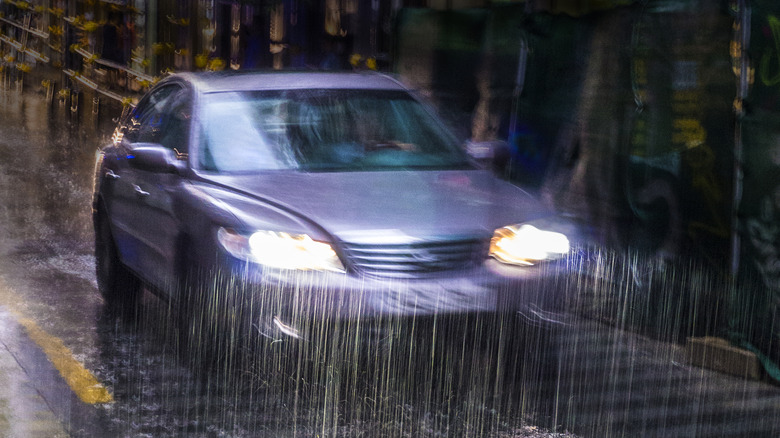What Are The Rubber Strips On The Roof Of A Car For? Why They're Important
The biggest challenge for any automaker is to ensure that their vehicle serves the purpose for which it's built. If they're building an SUV, they try to provide maximum trunk space. If they are building fast-accelerating cars, such as the Lucid Air Sapphire, they attach one of the most powerful engines to it. But there are a few accessories that are common in almost all cars, one of which is the rubber strip attached to the roof.
You can find these rubber strips attached on each side of your car roof, running from front to back. Since they look very good on the car, you might think that they are just attached to enhance your car's overall appearance, but that's not the case. These rubber strips are officially known as roof molding, and they are an important protective accessory for your vehicle that stops rainwater from dripping down the side of your car or getting inside.
What the rubber strips on car roofs are for
First off, the rubber strips are not only attached to your car roof, but also run along the edges of your vehicle door, windows, windshield, and truck. Despite their location, these rubber strips serve the same purpose: To prevent water and moisture from entering the interior of your car. They also allow the automakers to cover up welded seams between the roof panel and side panels of your car.
By filling the gaps with the strips, automakers ensure that leaves and other garbage don't get collected in the welding gap, which could otherwise decompose and corrode your car body. Furthermore, the rubber strips also help to minimize the noise that you experience while driving your car at high speed. If you notice water droplets pouring inside your car from the roof, these rubber strips are the first thing that you need to inspect and make sure they aren't damaged.

